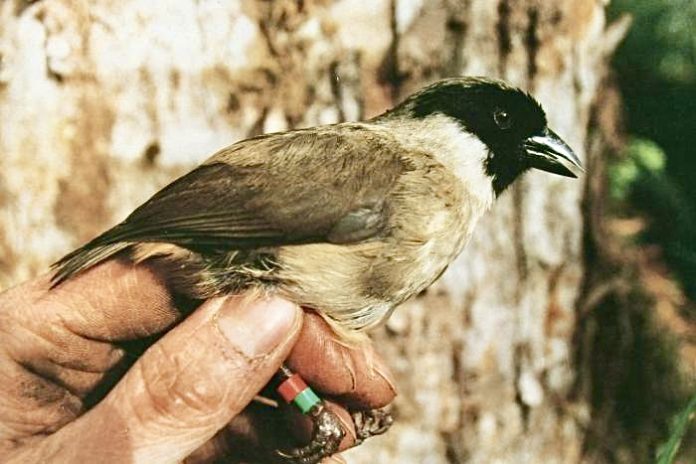
21 Animals & Plants In The U.S., Including 8 Native Hawaiian Birds, Have Gone Extinct
You can help all animals and our planet by choosing compassion on your plate and in your glass. #GoVeg
RELATED ARTICLES
Victory! Great Britain Has Finally Banned The Live Export Of Farm Animals
The Animal Welfare (Livestock Exports) Bill, that will ban farmed animals from being exported from Great Britain for slaughter, has passed its final stage...
Judge Dismisses Felony Charges Against UC Berkeley Student Who Rescued Four Chickens From A Slaughterhouse
A Sonoma County judge dismissed multiple felony charges against UC Berkeley student Zoe Rosenberg, 21, who is being prosecuted for rescuing four chickens from...
The Most Endangered Species On Earth & The Race To Help Save Them From Extinction
The world is facing a crisis in biodiversity as a growing number of species are facing extinction. Among them, some are particularly at-risk of...
Popular stories
Healthy Living
Starbucks Is Launching New Beyond Meat Breakfast Sandwich Throughout Canada Starting On March 3rd
Starbucks is launching the new Beyond Meat Breakfast Sandwich as a core menu item at ALL locations across Canada starting on March 3rd.
Starbucks customers have been asking for...
Breaking News
UPDATE! Search & Rescue Teams Are Working Around The Clock To Save Human & Animal Lives In The Aftermath Of The Earthquake In Turkey...
Photos from Aydin Arik / Anadolu Agency / Getty
UPDATE: Monday, February 13th
The devastating aftermath of last week's earthquake in Turkey and Syria is growing in...
News
A Landmark Victory For Sea Turtles As Enhanced Protection Of Their Habitat Is Designated In The Atlantic Ocean
Beaches along the Atlantic coast from North Carolina to Florida support the largest aggregation of nesting loggerhead sea turtles in the world. Within this...


